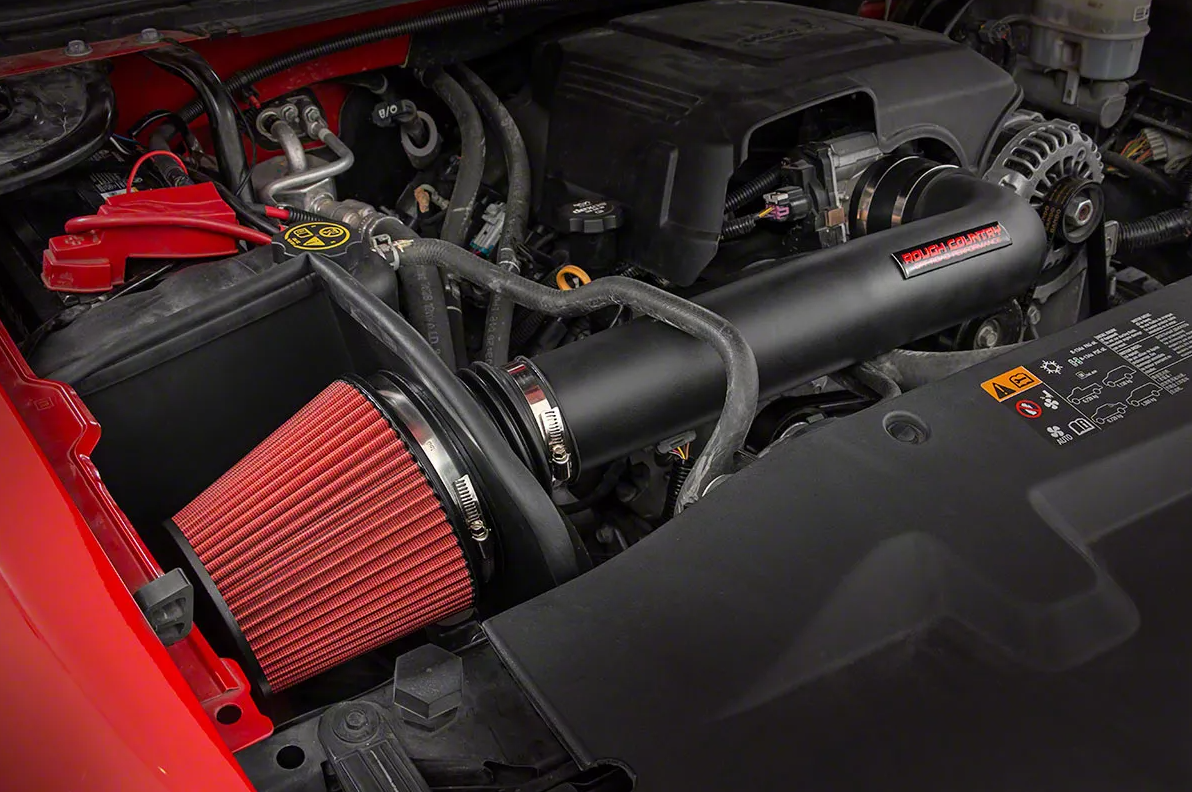3 Days Left! Guaranteed Free Delivery 12/24. Order by 3pm EST available on most items - Details
Do Cold Air Intakes Work? What Kind of Horsepower & MPG Gains Can You Expect?

By Mike Cote - December 2, 2018
Have you ever heard someone say they installed a new intake system and they claim they make more power? There is a lot of controversy between cold air intakes and factory intake systems on whether aftermarket intakes actually benefit the user or not. Various brands such as K&N or aFe have put in extensive research and development for air flow data but there are many critics out there. Many will tell you the factory air intake systems are massed produced and can be restrictive. Others will say that aftermarket systems won’t increase any type of performance and say that manufacturers design their intakes to the highest potential. To understand this controversy we should understand what an intake does and the primary differences between a factory intake and the aftermarket intake systems on the market today.
What Do Intakes Do?
The basic function of an intake is to supply the engine with air, allowing fuel to later be mixed inside the compression chamber. Engines require a ratio of 14.7 air particles to every single fuel particle at idle for a perfect burn. Achieving this ratio provides for the best efficiency. Many variables are at play to achieve this perfect ratio, ambient air temperature, altitude, ignition timing etc. The more air inside the combustion chamber the better when mixed with the appropriate amount of fuel. When air is warmer particles are more spacious then when in a colder setting. Colder air allows for a more dense mixture increasing the efficiency of the engine.
Factory intake systems are generally designed for an incredibly broad audience of drivers. These systems are designed to provide a reliable air source to the engine while cutting back on manufacturing cost, induction noise, and making it the best for the general market in terms of reliability and service. Another common issue you’ll hear about factory intake systems is that they can get heat soaked, pulling in hot engine bay air which is less dense and less efficient. When designing an intake its difficult to have high flow without some induction noise. Manufacturers sometimes use baffles or reductions in piping diameter to achieve quieter air flow, this can lead to a reduction in performance.
What Performance Gains Can You Expect?
Aftermarket cold air intakes are probably the most questioned aftermarket product on the market. With proven results and evidence from brands such as K&N and aFe we can see an increase in performance and efficiency from dyno charts and real world reviews. On the performance side, you generally see anywhere between 5 to 15 horsepower gains. The increase is generally due to the more free flowing design over factory systems, but it’s also from the location of the filter typically being placed in an area where it can draw in cooler air. These added benefits over a standard factory unit making them a fantastic option with proven performance and efficiency gains.
By increasing flow rates and efficiency, these products are a great aftermarket option. With proven results from countless tests, air flow studies and real world driving, their benefits for your vehicle are indeed real. In the end the added benefits over the factory units make these products a fantastic and viable option. For those who can live with a subtle increase in audible air flow and air filter cleaning service here and there, the benefits are well worth the time, effort and cost.
